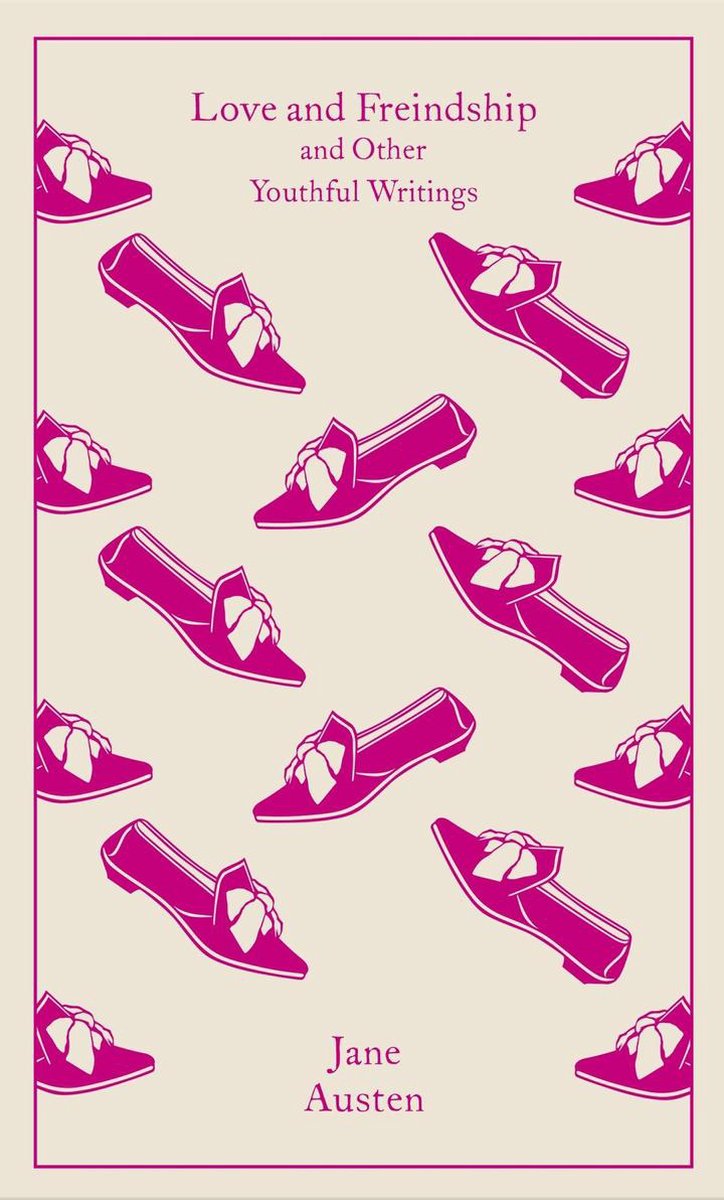
This “noble youth” informs Laura that his name is Edward Lindsay, though Laura decides to conceal the name by referring to him as Talbot. When Laura lays eyes on the gentleman, her “natural sensibility (that) had already been greatly affected by the sufferings of the unfortunate stranger and no sooner did I first behold him, than I felt that on him the happiness or Misery of my future Life must depend.” After much debate about the significance of the rapping on the door, the strangers are admitted into the house. In the fifth letter, Laura’s family is roused by the knocking of a stranger and his servant. The irony is less elegant, less subtle, but the intelligence is fierce and mordant and the prose is a delight.

Life’s experiences have taught me to appreciate the rich irony and intelligence with which Austen crafted the story of the Bennett sisters, and the story of Love and Friendship of poor Laura and her crowd. When I read “it is a truth universally acknowledged, that a single man in possession of a good fortune, must be in want of a wife.” I took it as a truth universally acknowledged. Like most girls, I was first introduced to Jane Austen when Pride and Prejudice was assigned by my tenth grade English teacher. The series of letters from the hapless Laura to the young Marianne creates a story that can be described, as her nephew J. Love and Friendship is one of Austen’s earliest works, written when the author was only 14, and is penned with broadest literary strokes. Jane Austen clearly shared my daughter’s lament, and spent her life writing novels that subverted and sometimes outright lampooned the popular literary tropes of her time. We had just seen yet another animated movie. Music from Schubert's Fantasy in C Major, at .“Why are all the female characters so boring?” my eleven year old daughter asked me, peering up through her thick glasses. Summary revised from Wikipedia by Cori Samuel.

In this story one can see the development of Austen's sharp wit and disdain for romantic sensibility, so characteristic of her later novels. Written in epistolary form, it resembles a fairy tale as much as anything else, featuring wild coincidences and turns of fortune, but Austen is determined to lampoon the conventions of romantic stories, right down to the utter failure of romantic fainting spells, which always turn out dreadfully for the female characters. This is clear even from the subtitle, "Deceived in Freindship and Betrayed in Love," which neatly undercuts the title. Love and Freindship (the misspelling is one of many in the story) is clearly a parody of romantic novels Austen read as a child. Love and Freindship is a juvenile story by Jane Austen, dated 1790, when Austen was 14 years old.

Download cover art Download CD case insert Love and Freindship


 0 kommentar(er)
0 kommentar(er)
